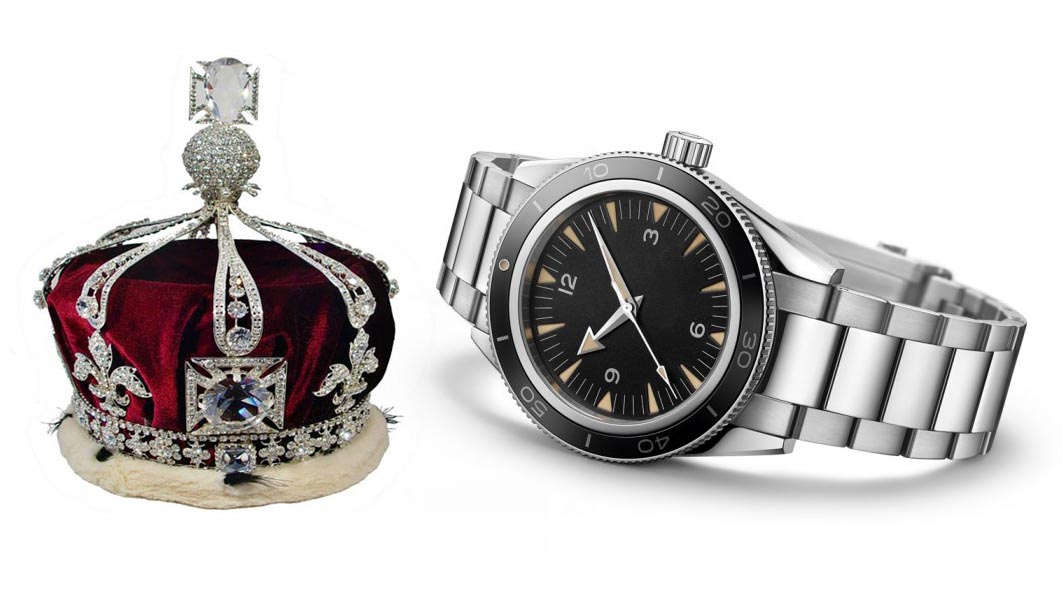The demand for fragrances are growing every day. There were close to 1500 (almost 5 a day!) new fine fragrance launches last year and this number continues to be growing every year. Millions are spent on these launches and less than 5 % of them succeed. But launches continue unabated.
Fragrances are all about emotions that they evoke. Research shows that is a huge connection between fragrances and memories. Perfumes are magic worked by science. It captures the moment. Fragrances takes us back to good times, mother’s dressing table, past loves etc. People could smell something and immediately be transported into somewhere. The message could be romance and the language is molecules. Fragrances can alter our moods in an instant.
Fragrances from being frivolous have moved on to become very essential owing to personal care becoming a part of pride, self-reliance and confidence. Heightened importance on personal appearance and grooming among men is pushing men’s fragrance sale to newer heights. Applying fragrances is also about projecting attractiveness through olfactory signaling.
But for many centuries, fragrances were gender neutral. There were no fragrances “For her” and “For him”. There were just fragrances and whoever could afford it used the “For everyone”. A few decades ago, science played its part and made people drop perfumes and bring in deodorants that killed germs. Post that, people started becoming more gender specific about perfumes. Perfumes were mainly used by women and men confined themselves to aftershave fragrances.
The fickle world of fashion then started to dictate the world of fragrances. Many apparel designers, actresses, actors and singers have entered this world and the flow has not stopped. Most of these personalities have given their names to big corporations that use their names to push fragrance releases to reach their quarterly targets. The key reasons why prices of many celebrity fragrances fall very steeply within few months of its launch. But one thing the industry will see in the next decade is a lot of buzz.


